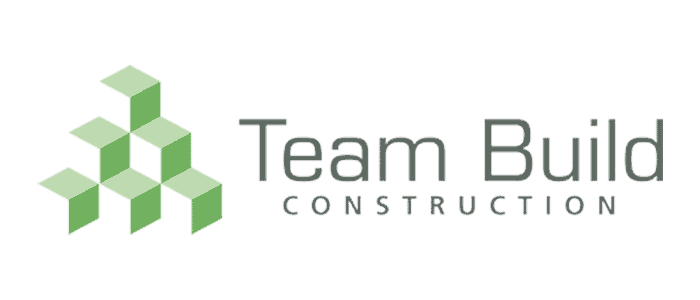
Although the renovation or refurbishment of a property can be an exciting prospect, it can also be costly if mistakes are made along the way. Some may feel the removal of internal walls is simple, and in some instances it can be.
However, there can be times when the removal of internal walls affects the structural integrity of the building, which is why so many people seek the help of professionals when attempting such a task.
If your next project involves the removal of internal walls, you may be interested to learn more about the process.
The following key points should help.
What Are Load Bearing Walls?
A load bearing wall can come in several guises, but acts as support to other elements in the building. In some instances, the roof can be supported via internal walls, while other load-bearing walls could act as support for floor joists.
How to Identify a Load Bearing Wall
Given the importance of load bearing walls, it is important that the integrity of the structure is not compromised. Therefore, identifying a load bearing wall is of the utmost importance.
It is advisable to start at the foundations of the house, and then search for beams that lead into the concrete foundations. Any beams that span from the foundation through other floors means the wall will be load bearing, and therefore should not be removed unless a professional is involved.
What If I Want to Remove a Load Bearing Wall?
As a load bearing wall acts as support, a new form of support will need to be installed into the home if you decide to remove the load bearing wall, which will often be in the form of a steel beam or joist, commonly referred to as an RSJ.
This is one example where calling in the experts, such as a professional construction company is advised, as the process can become perplexing otherwise.
Firstly, calculations will need to be carried out to determine the size of the beam needed. One this has been manufactured and fitted, the work will need to be inspected to ensure it conforms with the regulations.
A building approval certificate will be supplied at the end of the job to show the work has been carried out as per the guidance of Building Regulations.
Not only can this be a time-consuming endeavour, it can also be expensive when going it alone. As such, calling in the professionals can make the process easier, but also more cost-effective.
Is a Completion Certificate Required When Removing Internal Walls?

When considering the removal of internal walls, it is also important to consider the future of the property.
For example, professionals should only ever remove load bearing walls. Following an inspection by Building Regulations, a completion certificate can be acquired to show that the work is carried out in accordance with regulations.
Although this may not be an important factor to consider, there can be other situations where it is.
For example, those making changes to the original structure of the property may require a completion certificate to assure the new owners that all work was carried out in accordance with regulations. This is especially important when removing load bearing walls, chimneys and fireplaces.
Is Planning Permission Required For Internal Walls Not Load Bearing?
Those who are making internal alterations that do not affect the structural support of the building should not need to seek planning permission, although it can be worthwhile checking if there is any doubt. Although the rules are clear, there can be some conflicting factors that should always be checked in the first instance.
Can I Do This Myself, Or Should I Seek Help from Professionals?
The removal of internal walls may not seem like a complicated endeavour, but there is a lot to consider when deciding whether you should undertake the role yourself or leave it in the hands of the professionals.
Those with experience with removing internal walls, as well as access to appropriate equipment, may not find the process time-consuming.
However, those attempting to remove an internal wall for the first time often find it a complicated endeavour, and without the right tools, it can be less cost effective in the long term. There are also several other costs to consider when carrying out the removal of internal walls yourself, including skip hire cost.
As such, those with no experience in the removal of internal walls should always seek the services of a team of seasoned professionals.

